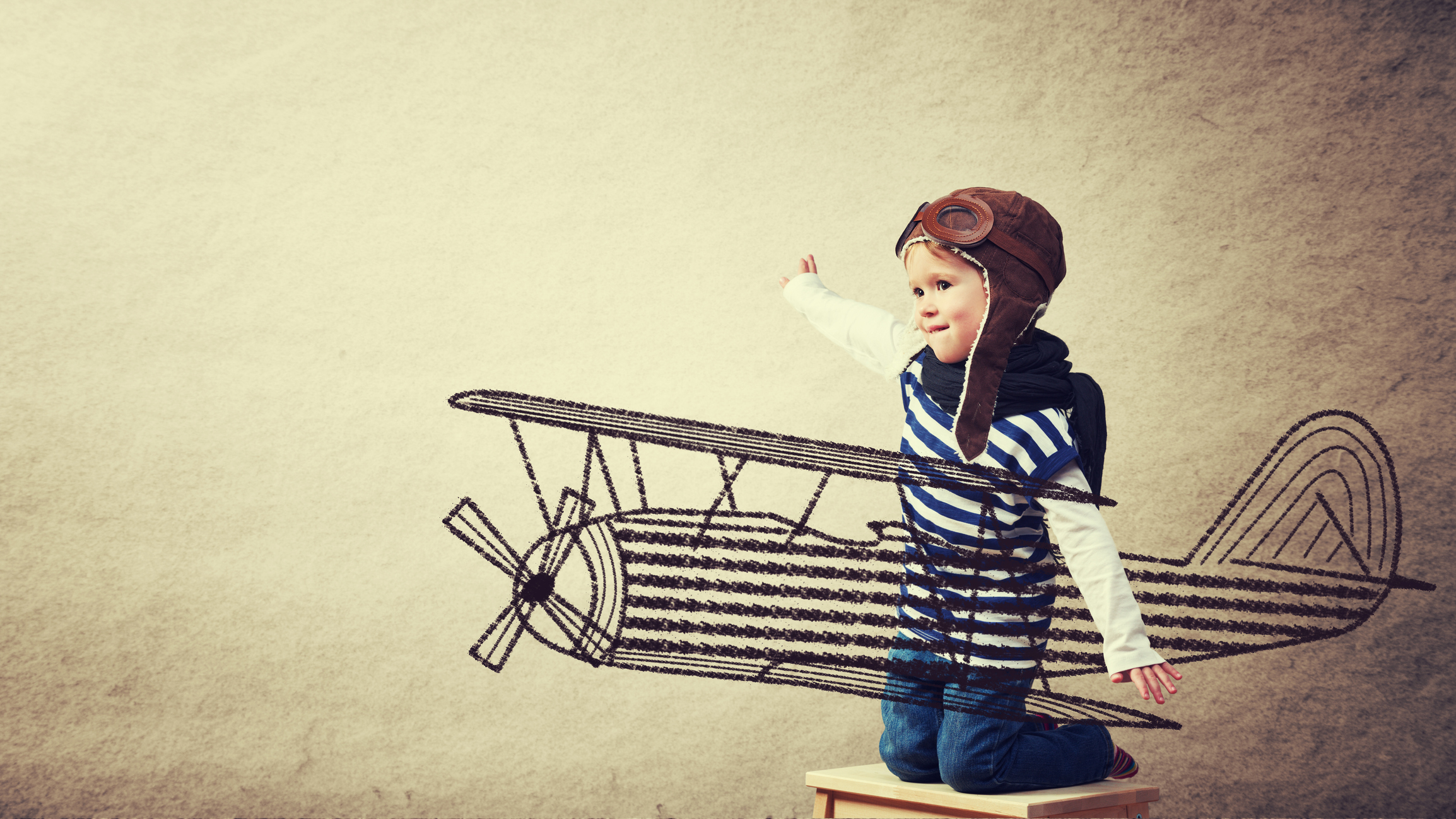
The Future of Aviation
Aviation has come a long way in recent years. In the early days of flight, people often wondered if airplanes would ever be safe enough for humans to fly. It wasn’t until the Wright Brothers developed the first successful airplane that it was clear that aviation had a bright future ahead of it. In fact, there’s a good chance that you are reading this article from your smartphone right now because of aviation. Over the past 100 years, aviation technology has changed at an incredible pace. Today, we have some of the most high-tech aircraft flying around the world. If you want to see what the future holds for aviation, keep reading. Here are some trends we can expect to see more of in the near future:
Digital Cockpit Display
Digital cockpit displays are becoming more and more common these days, but they are still a relatively new concept. These displays take the idea of an analog cockpit and turn it into a digital one. This allows for things such as navigation, flight planning, and instrumentation to all be displayed in one place. Digital cockpit displays are also much more efficient than their analog counterparts. These systems are able to pull much more data than the analogue systems and make it all more easily accessible. Digital cockpit displays have a number of applications when it comes to aviation. They can help pilots gain a better understanding of their surroundings and also make it easy for them to interact with the aircraft’s control systems. In addition, these systems can make it much easier to plan and navigate flights. You can even use them to conduct takeoff and landing procedures.
Self-Flying Aircraft
We have long known that it is possible to fly airplanes without a pilot. It’s one of the reasons why drones are so popular. However, there is a chance that we could see self-flying aircraft soon. Self-flying aircraft are just a bit closer to being a reality. Not only could these vehicles make it easier to fly an airplane, they could also make it easier to conduct passenger flights. And this could have some major implications for the aviation industry. In fact, self-flying vehicles could even change the way we travel on a large scale. Currently we rely heavily on airports for our flights. However, with self-flying aircraft, we could do away with most of that infrastructure. These aircraft would be able to fly directly to us, avoiding the need for runways and airports altogether. It’s an exciting possibility for the future of aviation.
Scent-Based Landing Systems
In order for airplanes to fly, they need to be able to navigate using radar and other similar systems. However, this can be difficult when it’s foggy or dark outside. This is where scent-based landing systems come in. These systems use chemicals to help pilots navigate. This is particularly useful when it’s dark outside and there is fog in the air. Scent-based systems could make landing planes much easier. In fact, there is a chance that this technology could completely change how we land planes. With scent-based landing systems, pilots could no longer need to touch down at a specific location. This could allow them to park their aircraft wherever it’s most convenient. This could also make flying a lot easier for pilots. When you only have to focus on the instruments and not on where you are landing, it makes it a lot easier to get into and out of the air.
Remotely Piloted Aircraft
We have seen some incredible developments in the world of aviation in recent years. However, one thing that hasn’t changed is the need for pilots. This is why we have remote-controlled aircraft like drones. Drones are one of the most popular types of aircraft for many reasons. First of all, they are just really fun to fly. Drones are also really affordable. And finally, they are also a great way to get into the world of aviation. This is because you don’t need to be certified to fly a drone. And once you learn how to control one of these aircraft, you can get a lot more out of the aviation world. In fact, there could be a lot of applications for remote-controlled aircraft in the future. In some cases, they could even replace human pilots completely. For example, drones could be used to conduct surveillance missions. And they could even be used for search-and-rescue operations.
Other Technologies Looking Into Aviation
One thing that is sure to make an impact on the aviation industry is autonomous flight. Autonomous flight could make flying safer than ever before. It could also make it possible for humans to conduct longer flights without the use of remote-controlled aircraft. And autonomous flight could have some major impacts on the future of aviation. For example, with this technology, it would be possible to conduct much longer flights. This could be really useful for long-distance flights. In addition, it could open up all sorts of new possibilities for air travel. For example, autonomous flight could make it possible to take off and land on the rooftops of cities. This would make it easier for travelers to get around and could even offer a faster alternative to ground travel.
Bottom line
There is no doubt that the future of aviation holds some incredible opportunities for both passengers and pilots alike. These days, aviation is more high-tech than ever before. And that could mean even safer, more comfortable flights for all. There are a lot of trends that the aviation industry could benefit from in the near future. These include self-flying vehicles, scent-based landing systems, and autonomous flight. These technologies could make flying even safer and could open up all kinds of new possibilities for air travel.

